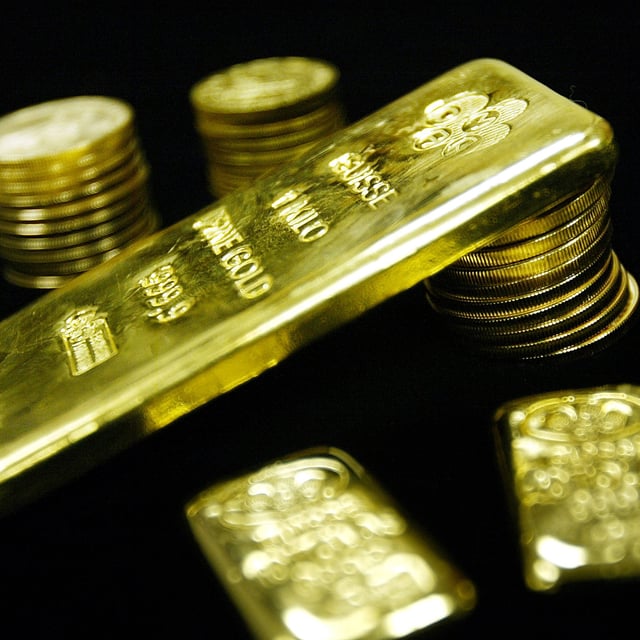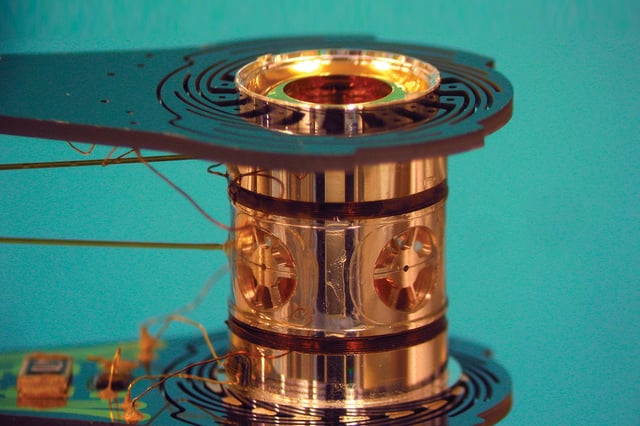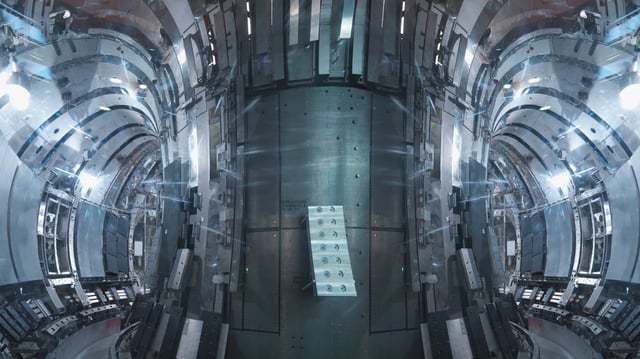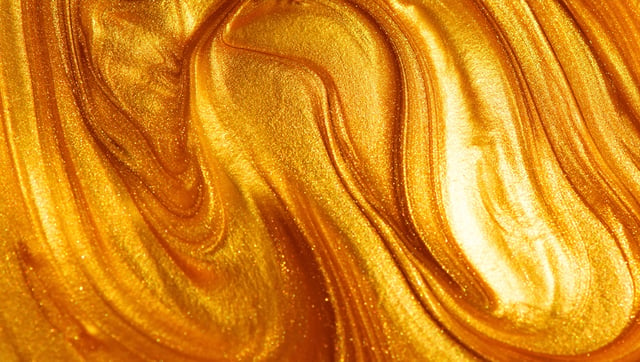Overview
- The design calls for a two-layer blanket structure optimized to expose mercury-198 to high-energy neutrons generated by deuterium–tritium fusion.
- Fast 14 MeV neutrons induce (n,2n) reactions that convert mercury-198 into unstable mercury-197, which decays into stable gold-197 over days.
- Neutronics simulations indicate a one-gigawatt reactor could produce about two tonnes of gold per year alongside uninterrupted power generation.
- Marathon Fusion warns that some gold isotopes will remain radioactive and require up to 18 years of storage before safe handling.
- The approach, described in an unreviewed paper, could extend to making other precious metals, medical isotopes and materials for nuclear batteries if validated.



